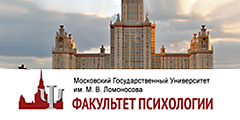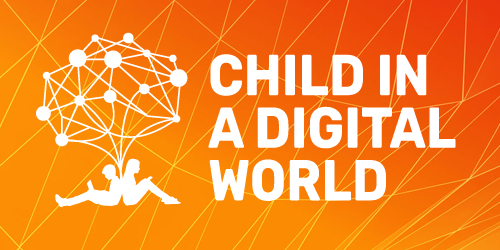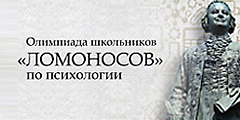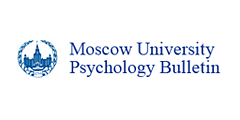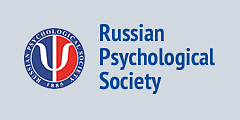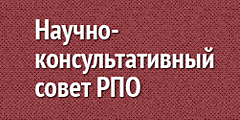On the 120th anniversary of P.Ya. Galperin
-
Effectiveness of Different Teaching Resources for Forming the Concept of Magnitude in Older Preschoolers with Varied Levels of Executive FunctionsPDF HTML4053“ CITE
Veraksa, A.N., Sidneva, A.N., Aslanova, M.S., Plotnikova, V.A.(2022). Effectiveness of Different Teaching Resources for Forming the Concept of Magnitude in Older Preschoolers with Varied Levels of Executive Functions. Psychology in Russia: State of the Art, 15(4), 62–82. DOI: 10.11621/pir.2022.0405
copied
-
The Action “Wanted!”: The Concept of Valency during the Early Steps of Mastering Chemistry
-
Orienting Activity of the Subject as a Mechanism for Instruction, Learning and Development



